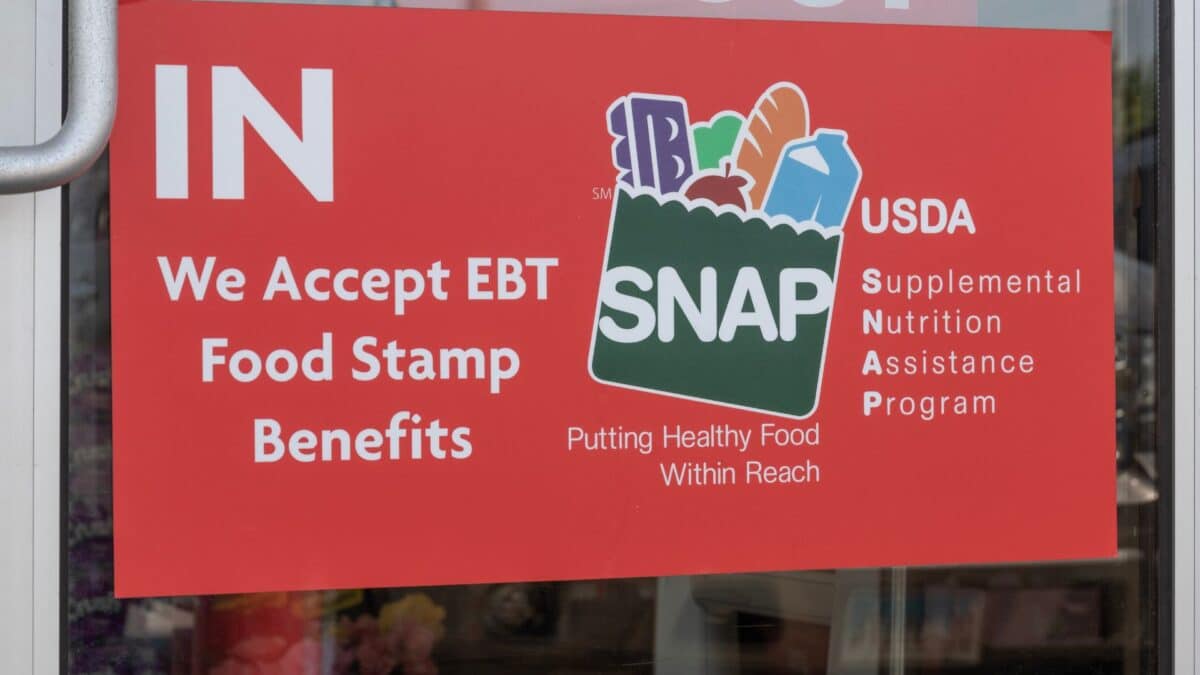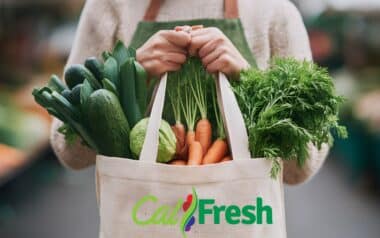In June, SNAP (Supplemental Nutrition Assistance Program) is set to deliver much-needed financial support to millions of American families. Over 4 million households will benefit from a cash injection of up to \$975, which is essential to help ensure access to fresh and healthy food. This program, aimed at families living below the poverty line, has become an important resource for many as it ensures they can fill their fridges and feed their families, especially in light of the rising cost of living.
The SNAP payment is an essential monthly benefit for families in the United States, and for June, families of four can expect to receive the maximum of $975. However, the exact amount can vary depending on factors such as state residency and household income. It’s crucial for recipients to be aware of their specific eligibility and benefit amount, as each state has its own set of rules and benefits.
How Does SNAP Work?
SNAP is administered at the state level, which means each state determines the specifics of how payments are made. Once approved, recipients receive their monthly benefits through an EBT (Electronic Benefits Transfer) card, which works similarly to a debit card. This means there’s no need for physical checks, and individuals can easily use their cards at participating stores, ensuring a more efficient and discreet way to access their benefits.
This streamlined process helps avoid the stigma sometimes associated with government assistance. The EBT cards allow for purchases at grocery stores, farmers’ markets, and authorized food retailers that offer healthy options. However, it’s important to note that the funds can only be spent on food; alcohol, tobacco, cleaning, and hygiene products are not eligible for purchase using SNAP benefits.
Payment Schedules Vary by State
Benefit payments are not disbursed all at once, as each state follows a different schedule. For example, in California and Texas, they are typically issued between June 1st and June 10th, depending on the last digit of the recipient’s case number. Meanwhile, in New York, payments are divided into two parts: one at the beginning of the month and another in the middle. To prevent confusion and ensure timely access to aid, recipients are encouraged to consult the official app, which provides the latest payment schedules.
For those who rely on these benefits to purchase food, staying informed about when funds are available is crucial. The app allows users to check their payment dates, track their balance, and plan their shopping trips accordingly.
What Can You Buy with SNAP Benefits?
Food assistance benefits are specifically meant to support the purchase of groceries. However, strict limitations apply to what can be bought. Fresh and healthy foods such as fruits, vegetables, grains, and dairy products are eligible, while prepared meals, alcohol, tobacco, and non-food items like cleaning supplies are not. Some exceptions exist, such as ready-to-eat items in certain stores, but overall, these benefits are designed to promote access to nutritious food for a healthy lifestyle.
Recipients should keep these restrictions in mind to avoid confusion when shopping. It’s always helpful to check store eligibility and consult the official app for questions about coverage. This ensures the benefits are used properly and prevents potential checkout issues.
Keeping Your Information Up to Date
To avoid delays or adjustments to your benefits, it’s essential to keep your information up to date with the local SNAP office. If your income or household size changes, it’s important to report these updates promptly to ensure you receive the correct amount each month. Additionally, if your circumstances change and you no longer need assistance, it’s important to inform it so that benefits can be redirected to those who need them.
Regularly reviewing your benefits and checking your account balance can prevent surprises and help manage your monthly food budget effectively. By staying informed and organized, recipients can make the most of their SNAP benefits and ensure they are using the program to its fullest potential.









